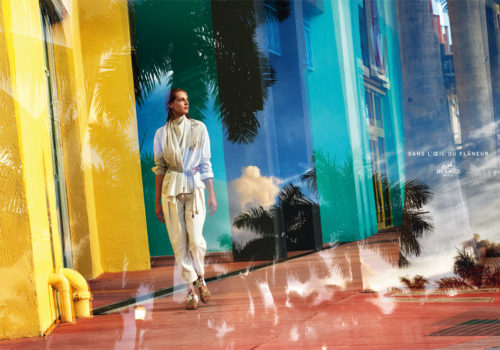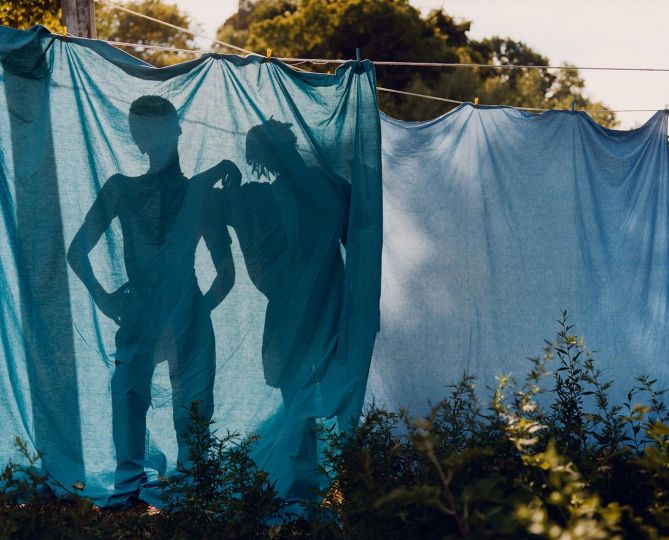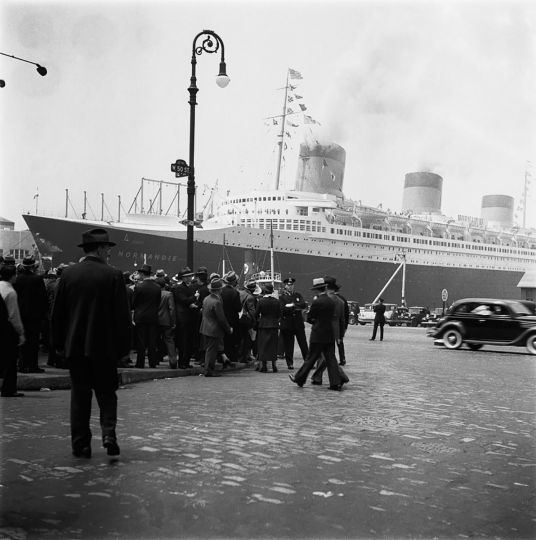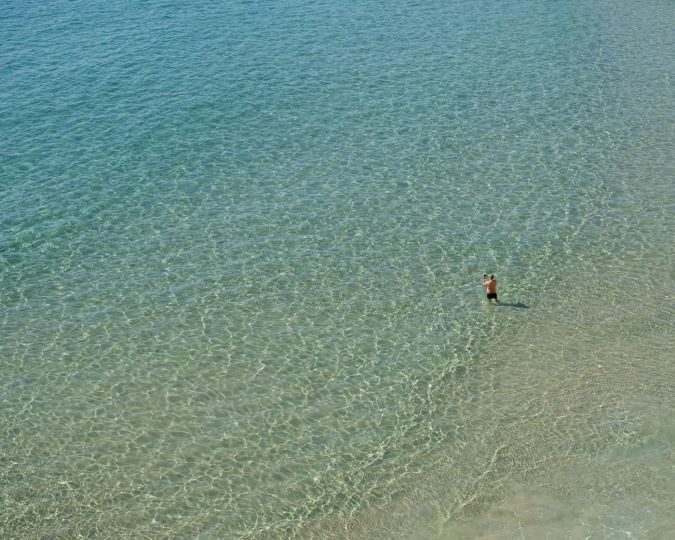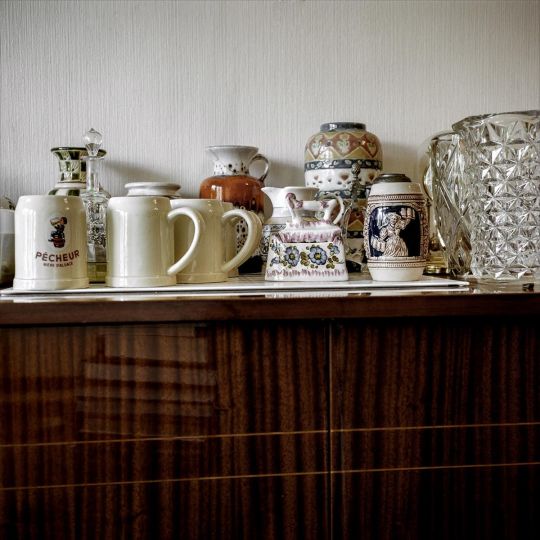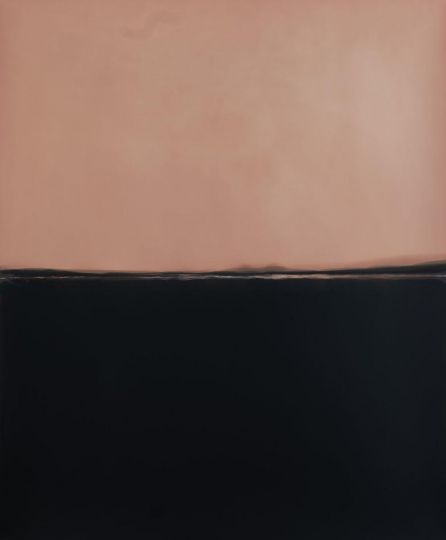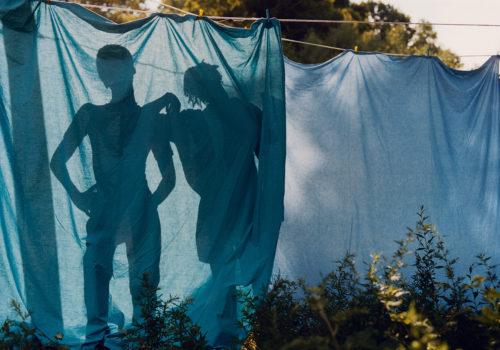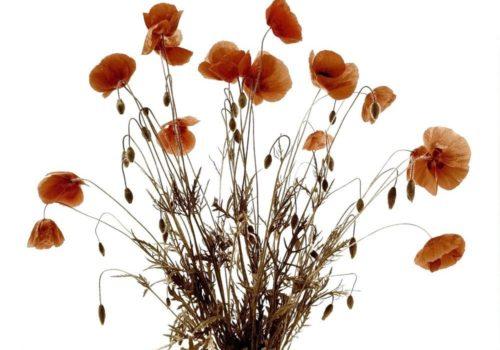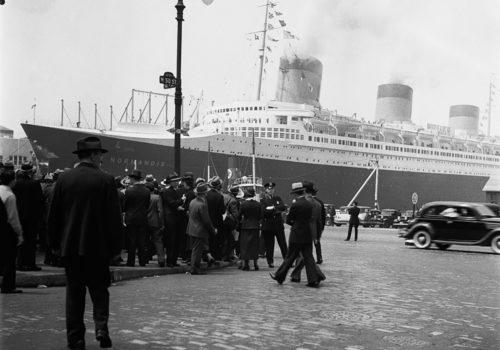Every year for its ad campaigns, Hermès is faced with a challenge: how can they translate the company’s spirit, innovations and traditions into pictures? Magazines can showcase their products, but how can the company showcase the unique Hermès style? Every year, artistic director Pierre-Alexis Dumas decides on the theme and sheds light on this very particular world that is Hermès.
For a while now, Hermès has invited photographers with unusual backgrounds to capture the atmosphere of the company and transcend it with their own visions, as in the case of Eric Valli’s campaign Hermès, un hiver indien, which took viewers into the Himalayas, and photographer-activist Hans Sylvester’s luxurious Métamorphose, une histoire Hermès, set in the heart of a Bali jungle.
In this critical period where time flies and every minute counts, the figure of the flâneur—the idle, urban wanderer emblematic of the Parisian way of life—is reasserting itself in the latest Hermès campaign. In his book on Parisian arcades, the critic Walter Benjamin codified and developed the concept of the flâneur from the writings of Charles Baudelaire, whom Benjamin translated. Benjamin sees the flâneur as an artist, passionate and independent. In the hectic life of the city, the modern Hermès flâneur retains his mystery, his poetic sensibility and the knowledge necessary to watch the city and overcome its stereotypes.
“We wanted to depict the modern flâneur,” says Victoria Marenzi, the Hermès artistic and commercial director. “We wanted to show something dynamic and unexpected with a positive outlook on life.”
The flâneur symbolizes different things: the desire to enjoy life at a slower pace, the development of sensibility as a form of knowledge and intuition. He shares a special relationship with the crowd; there’s a physical proximity, body against body, but he always maintains his individuality, his status as an observer.
The provocative spirit of the campaign is expressed through the slowness and freedom of the movements, a kind of negation of contemporary time constraints. Hermès worked with Harry Gruyaert, who shot the series in Miami for the tones, vibe and color that melted through the sullen winter with big brushstrokes of light. Gruyaert’s work is already a part of the Hermès contemporary photography collection, but it was a new adventure for him to work on an ad campaign.
We spoke with Gruyaert and Victoria Marenzi on a rainy morning that was suddenly dispelled by the warm Florida wind, a setting perfectly suited to the flâneur’s wandering mind and body…
L’Oeil de la Photographie: How did you decide to collaborate and how did you each approach this project?
Harry Gruyaert: I felt like a cinematographer on a Hollywood film set… That said, fashion has always interested me. When I arrived in Paris, I worked for ELLE and I was somewhat familiar with that world. But I had never met a team like that. I was used to working alone or with an assistant. This was a real team project and the artistic director, Fabien Mouillard, was incredibly important.
Victoria Marenzi: We were big fans of Harry Gruyaert’s work. But the agency Publicis et Nous suggested that we work with a Magnum photographer, who travels alone, with a unique outlook on life that seemed relevant to our theme. Harry is a fabulous color photographer and we worked with him from very early on, starting with the casting, and we had many discussions about the concept of the flâneur.
The fashion world has very specific codes. Was it your intent to subvert them, or at least transform them, by working with outside photographers?
VM: We think that the objects and clothing we create do not necessarily fall within the realm of fashion. They are part of the DNA and history of Hermès. It’s very different from other fashion houses that automatically show you the season’s bag or watch. It’s a real challenge for us because we aren’t relying on the traditional codes of fashion campaigns. We didn’t choose to work with the hottest model or photographer. What we want to do is tell a story. The objects find their place, showcased by the eye on the photographer, who draws inspiration from the theme. This is a very different work that expressed the uniqueness of what we create.
HG: We start with the theme. We don’t show show up thinking that we’re going to get powerful pictures then and there. Scouting locations is very challenging, finding just the right place. In Miami, you need a lot of permits to shoot and there are all kinds of organizational constraints.
But we don’t see any of this in the pictures…
HG: Of course, this isn’t a personal work, but my sensibility is in the service of Hermès products. That must be why they asked me to shoot this campaign! I can see myself in it, my visions, a desire to be in movement. There was a rich exchange of dialogue between us and that worked out very well.
VM: It was really the idea of the flâneur that guided us. The hook of the campaign is, “In the Eye of the Flâneur.” What happens when we wander through a city? We see a girl in the distance, the city is moving. It’s very important. That gave us leads but also discipline. And that’s one of the joys of the campaigns we produce. An encounter takes place between us and the photographer. At Hermès, we like to have encounters with artists and musicians. It sparks a kind of renewal of the image and expression that makes us tick. We try to create different worlds. We like the shock of opening a magazine and seeing a new Hermès campaign. We hope that it is received like a gift and not just an ad.
How did the editing go? Can’t that be kind of a lonely time?
HG: It was a little complicated. First, the images are superimposed. We had to find two that matched—no Photoshop. Those are really two images superimposed on each other. With the scouting, we had to find the locations, and that was a real team effort. But the real problem for me was light. That’s what is most important in my work. We found locations, chose the times, hoped for this or that light. We had artificial lights, of course, but we hardly ended up using them. In fashion, we work a lot with mirrors and reflections. Sometimes I got angry because we’d be losing the light, and the stylist wasn’t ready, the model wasn’t ready, etc. It’s a complicated process and you have to make do with it… but the light is there. Normally I work very quickly, but this was something else.
VM: [laughing] Yes, the frustration of the preparations. You have to get the model’s hair and makeup ready… We try to be fast but there’s a large team and everyone has a specific role. Sometimes Harry would cry out, “Everybody get out of the way!” When the light was fading and he could see that we were going to lose a moment… We had to adapt, too. We have habits, like approving each photograph as a group. Harry works quickly and alone, so it’s difficult and disturbing for him and we have to keep that in mind. A ray of sunshine on the set—you can’t plan for moments like that. Harry seized them and you can feel that in the final result.
How would you describe this campaign?
HG: Fluidity is important. But we’re not obsessed with the object. It even becomes a sort of actor. For example, it was hard to communicate the idea of the flâneur through watches, they’re so small. But I think we managed. The same goes for porcelain, as Victoria will tell you.
VM: For me, it’s joyful, luminous, intriguing. It draws you in and unexpectedly catches the eye. It’s not static. We’re not in a studio. It’s always moving. There’s also the difficulty of expressing this idea of freedom that the flâneur has with regard to time… This young woman dreaming in a café, or a man on a bicycle… That works very well. It’s not a classic image, you don’t need to look at his watch…
You might say that, today, the real luxury is time, the time to sit and watch. Is the flâneur the new image of luxury?
VM: The flâneur represents one of the core values of Hermès. We’re always on the move, watching what’s happening elsewhere. We take the time to look, to seek out beauty. This idea of having time, saving time, taking time to save time is the future of Hermès. That lets us innovate and look towards the future. In a world of marketing, studies, strategies… Our approach is very different. We wanted to be like children with eyes wide open.
How do you deal with the decline of print media when designing your campaigns?
VM: We anticipated it by creating digital-only campaigns, but you can always see the print ads on iPads and other tablets. The digital creations are short, playful films. But the magazine remains essential. I hope that the reduction in the number of publications will allow us to enrich the quality of the ones that resist the predicted decline of print media. We’re also thinking about ways to bring to life the images on social networks. For example, we published animated GIFs from the campaign on our Instagram page. Harry showed us some films he took and that gave us an idea. We see a young woman disappearing around a corner. The images veritably come to life. It’s both funny and poetic, the tone we wanted to strike in our digital presence.
What has the reception been like to this campaign?
VM: This campaign is very different, and we’ve had very good feedback from magazines and clients. For its launch in January, we had a magnificent tarp covering the Hôtel Lutetia in Paris (currently under renovation). It was the first time we saw an image from the new campaign. At that time of year, everything is gray and sad. There was suddenly this immense, Miami-colored canvas. It was like a source of warm, joyful light that put a smile on the faces of the people passing by.

